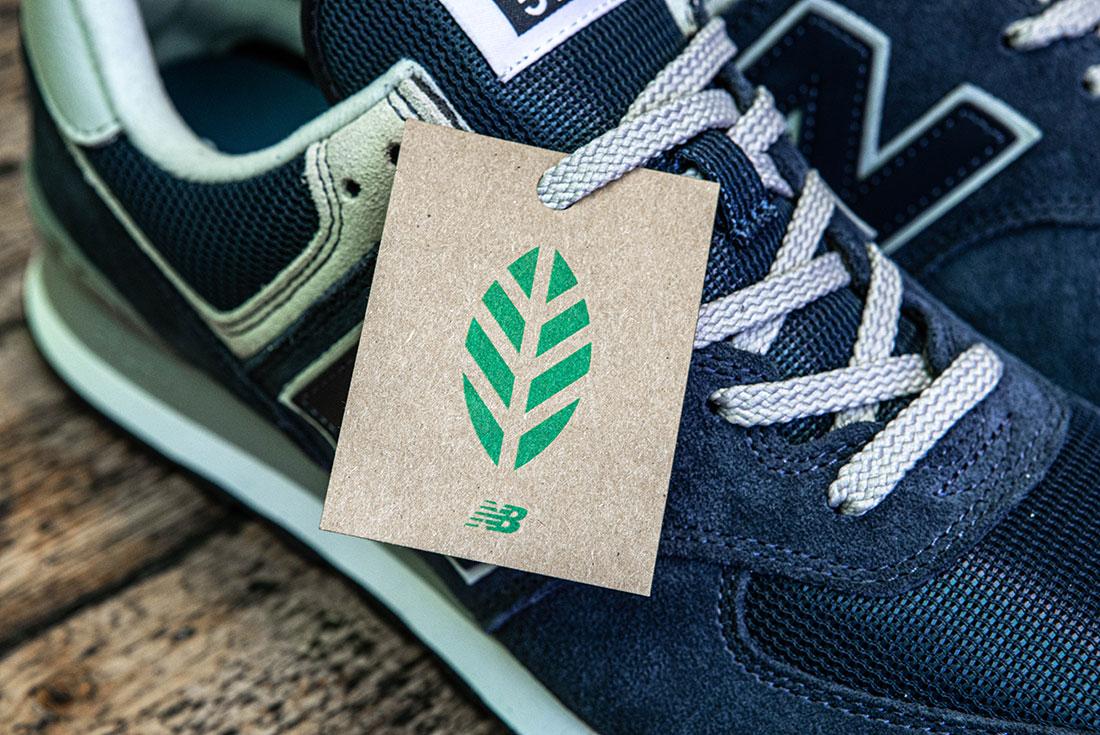New Balance Set the green leaf standard With the 574
biggest sneaker is set to be their largest agent of change once again, as the classic begins to demonstrate a cleaner, greener future for footwear. Launching the green leaf standard is the 574 Core, which proves that minimal intervention with the environment can be achieved by practising the same ethos with the shoes. It’s time to learn how NB are, in their own words, being the ‘greenest grey has ever been’.
